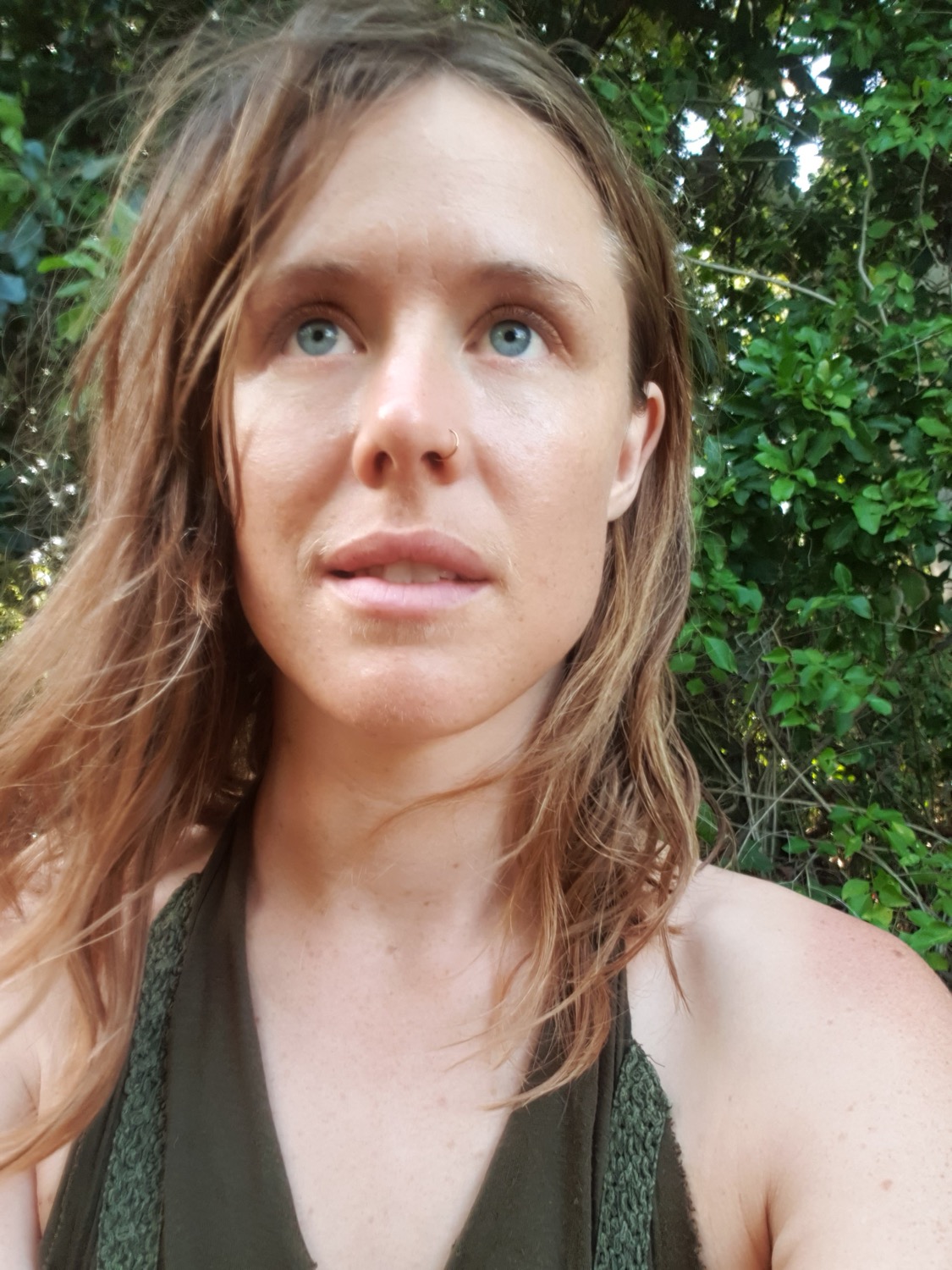Ethnobotany & Iboga sustainability
- Rachel Maree

- Apr 1, 2018
- 2 min read
Updated: Oct 16, 2021

Things I’m hoping to learn from my thyme in the jungle from an ethnobotanical and sustainability point of view, on this plant medicine path;
- Iboga scarcity - how real is this issue based on decline in animals spreading seed (elephants), environmental concerns and over-harvesting?
- Harvesting sustainably - is there a way to harvest the root bark without killing the plant and is this actively used as a method?
- Sustainable cultivation of Iboga by communities - how to move forward with this to set up community based plantations?
- The age of plants - what age are most plants being used and is there a difference in the quality and medicinal value of the plants as they grow older?
- African herbal medicine - what other herbs are being using in traditional Gabonese herbalism, separate to Iboga and in particular synergistically with Iboga?
- Creation stories around Iboga within the spiritual context of Bwiti and connection to the spirit realms, dream world, ancestor planes and devas.
- Active fungi - Iboga mythology mentions a mushroom that sometimes the Iboga is to be served on, any links to active fungi in the area or use of psilocybin containing mushrooms used as herbal medicine?
- Female and male Iboga plants - which ones are used for which plant medicine purposes and why?
- Cousins and cultivars or Tabernanthe iboga - are there other Ibogas that offer similar constituents and how are they used similarly and differently as herbal medicine?
- Particular medical and cultural uses of Iboga as natural medicine
- General seed collecting, information gathering and kinship forming
Any plant heads out there want to add to this list please get in touch. Or have the answers to my questions. Opening a plant portal..



Comments